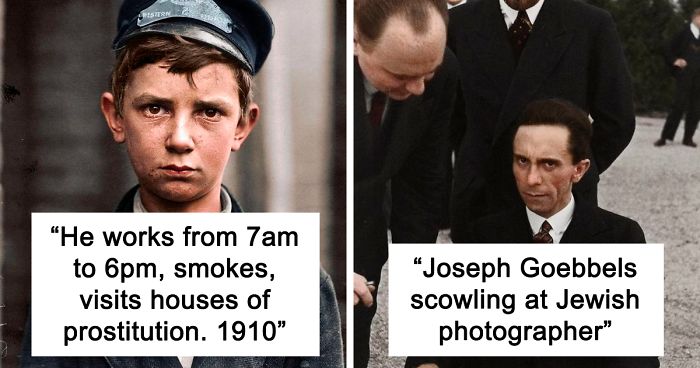Through people have started clicking pictures long ago, we haven’t seen enough colorful old pictures. But Mads Madsen from Denmark is changing the way we perceive history by adding colors to them.
He’s pursuing a Master’s degree in the Classics (ancient Greece and Rome) and is injecting bright colors into black and white history. Scroll down to have a look.
Desmond Doss, Conscientious Objector And Medal Of Honor Recipient. He Was Given The Medal Of Honor For His Actions At Hawksaw Ridge, During The Battle Of Okinawa, Where He Carried 75 Wounded Men To Safety Under Heavy Enemy Fire
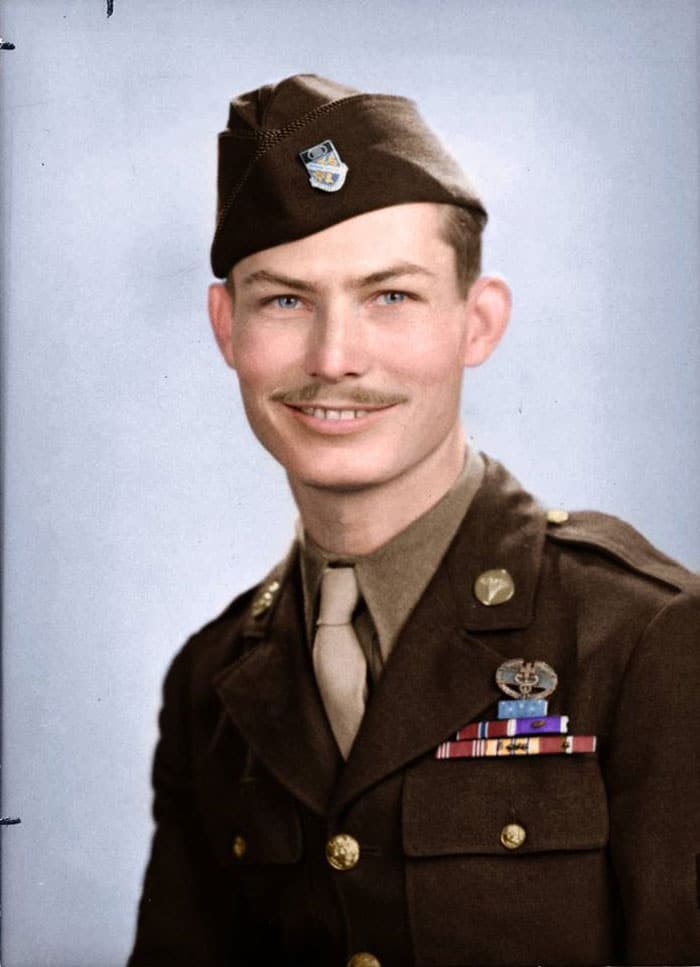
Helen Keller Greeting Charlie Chaplin By Feeling His Features
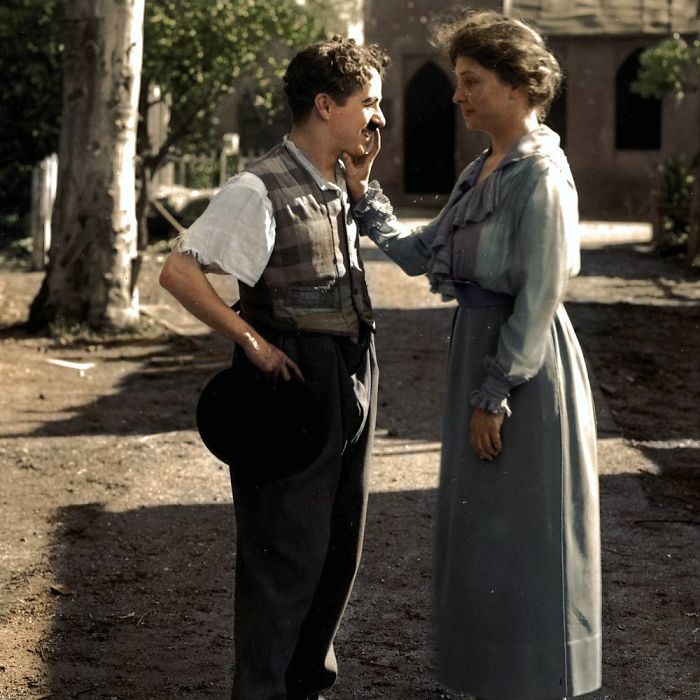
Two American Soldiers Proudly Show Off Their Personalized “Easter Eggs” (155mm Artillery Shells) Before Firing Them
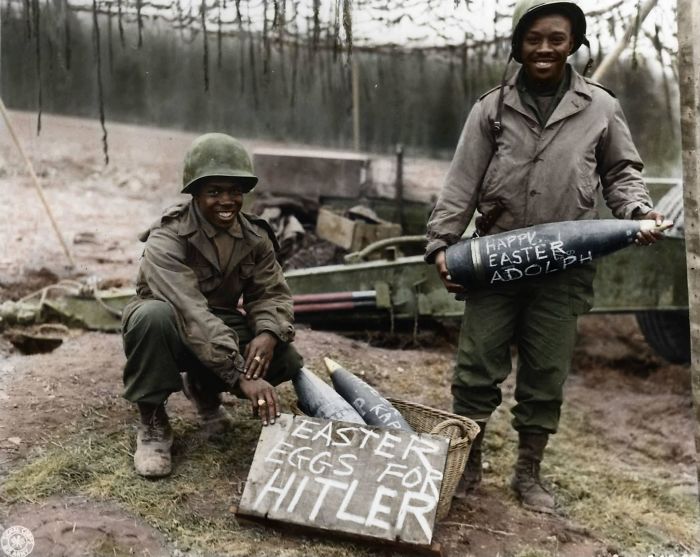
Frederick Douglass, Talented Orator And Frontspokesman Of Abolition. Escaped Slavery, And Led A Freedom-Movement
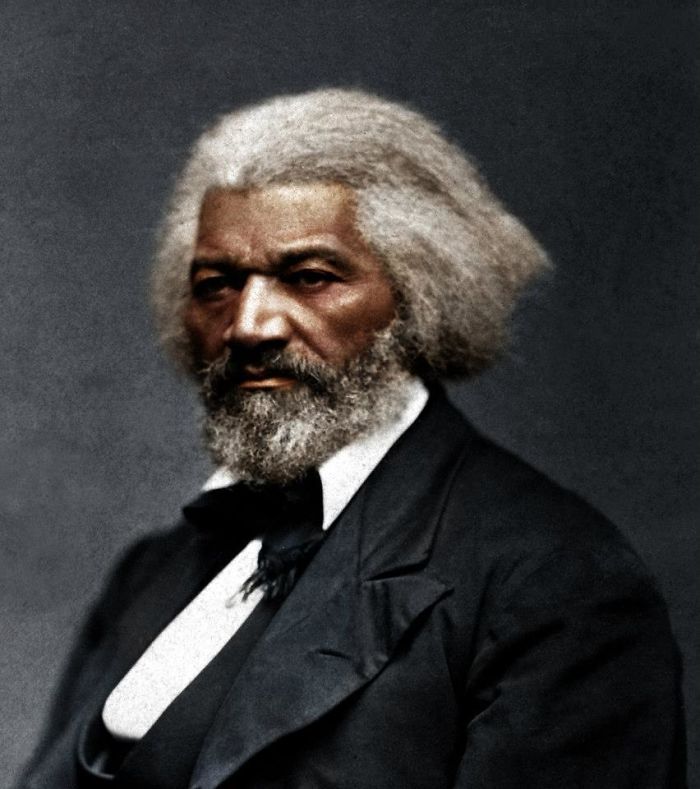
Sir David Attenborough, Born This Day In 1926, Seen Here Petting A Macaw Around 1950-51
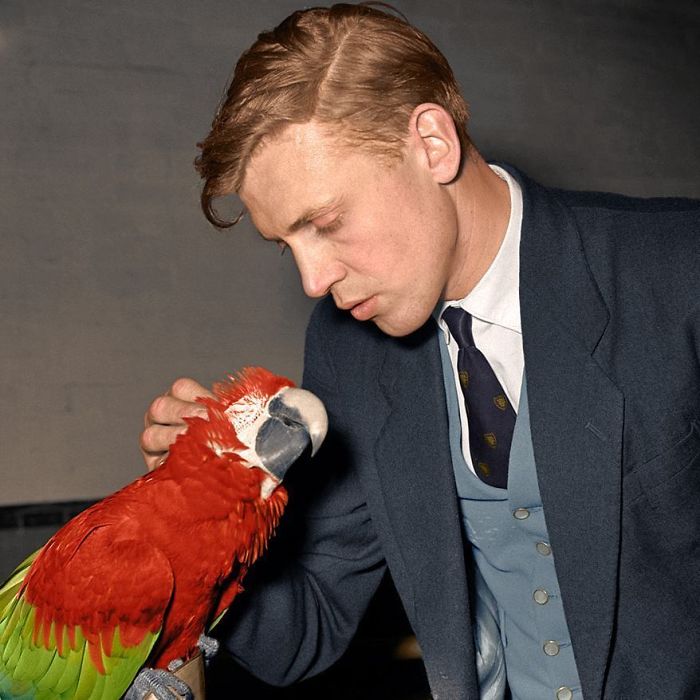
Native American Chief With Feathers, Unknown Date
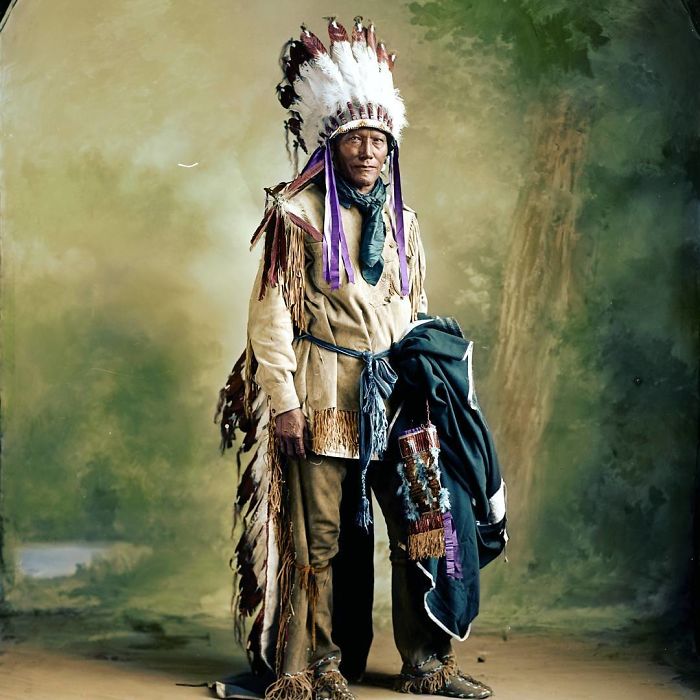
Amelia Earhart, Unknown Date
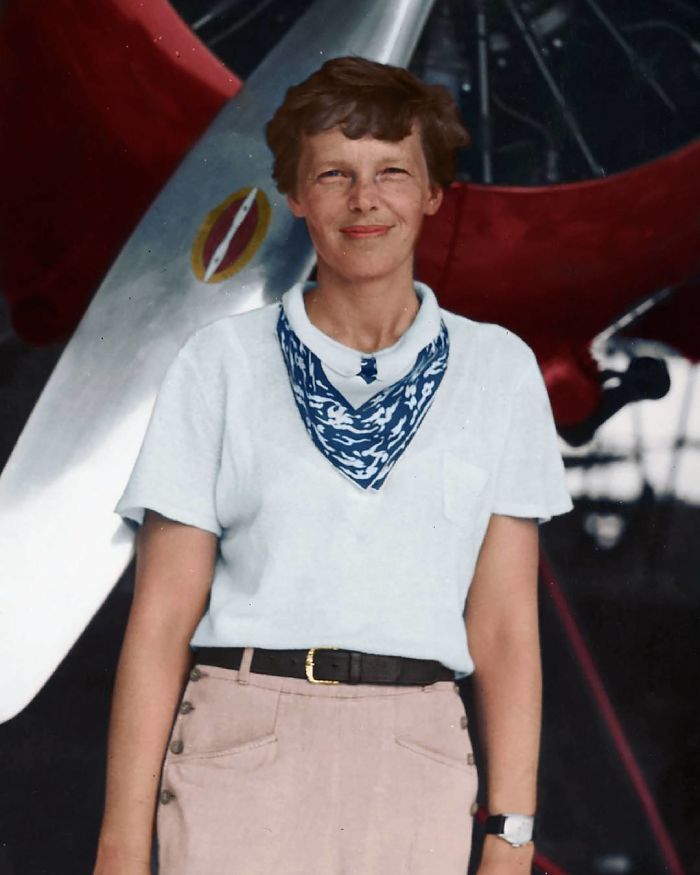
Nikola Tesla, With Roger Boskovich’s Book ‘Theoria Philosophiae Naturalis’, In Front Of The Spiral Coil Of His High-Frequency Transformer At East Houston St., New York
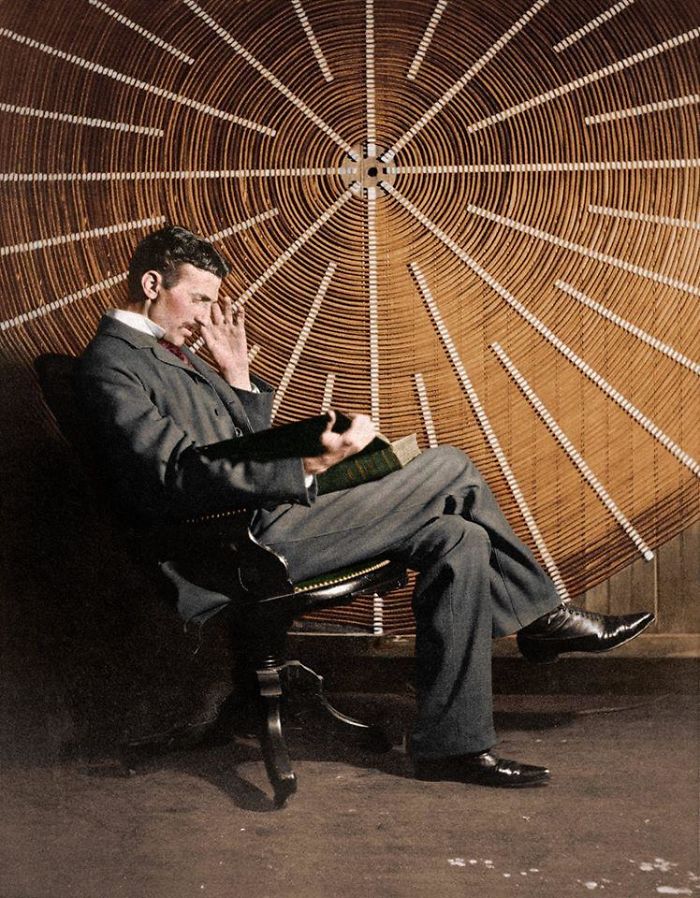
Two Girls And Their Snow Fort, Ca. 1910
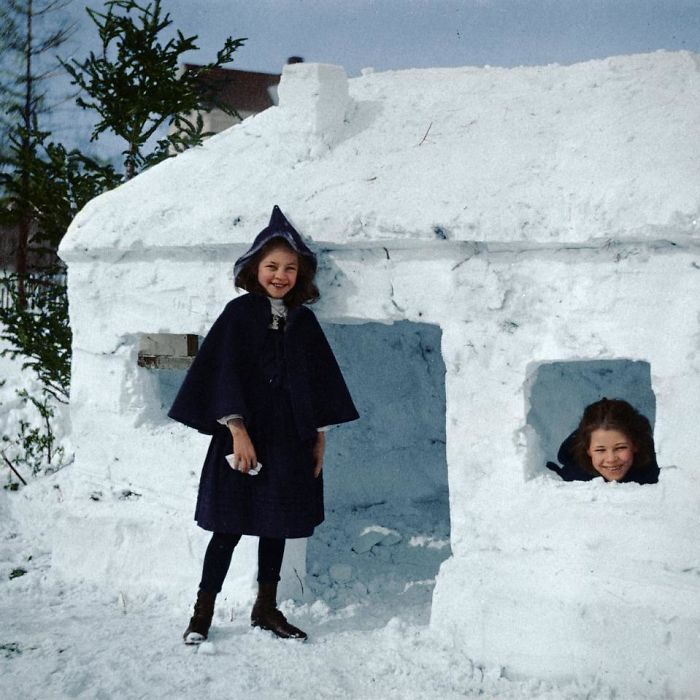
Ca. 1960 – A Civil Rights Demonstration. A Black Woman Is Glaring At A Man, Who Appears To Be A Segregationist, Donning The Confederate Flag On His Hardhat
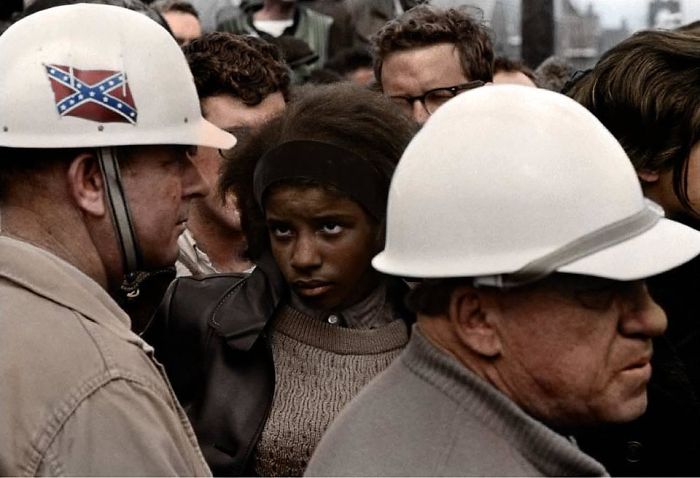
Sgt. Henry ‘Black Death’ Johnson Of The 369th
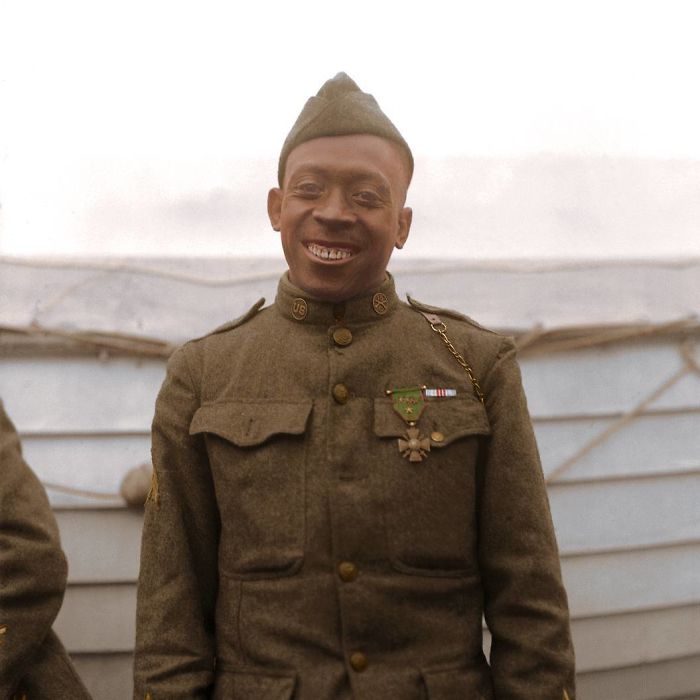
‘Harlem Hellfighters’ poses wearing the Croix du Guerre, awarded for bravery in an outnumbered battle against German forces. He also received the Medal of Honor posthumously in 2015 – 12th of February 1919
Albert Einstein, Photographed Ca. 1948 By Yousuf Karsh
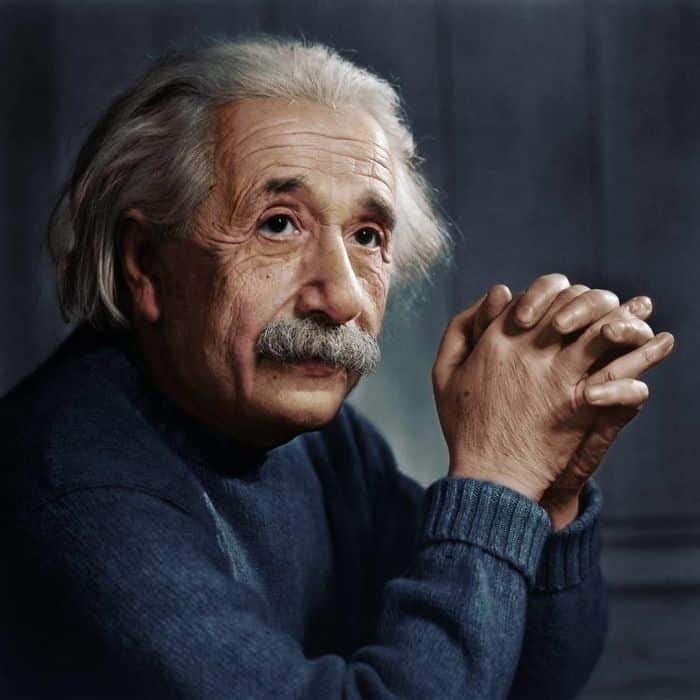
Alan Turing – A Computer Scientist, Philosopher, And Cryptologist Who Played A Crucial Role In Breaking The Nazis’ Enigma Code – Seen Here In Happier Times. Unknown Date.
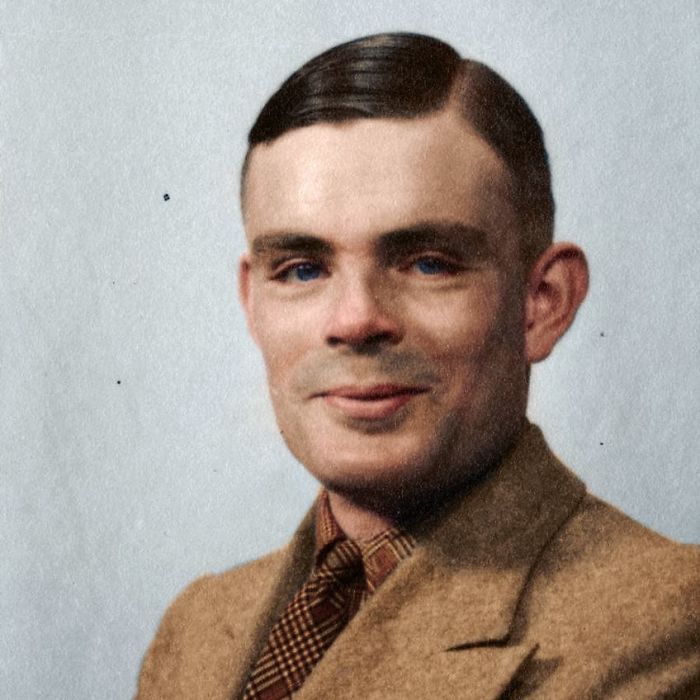
Christmas Truce Of 1914 During The First World War
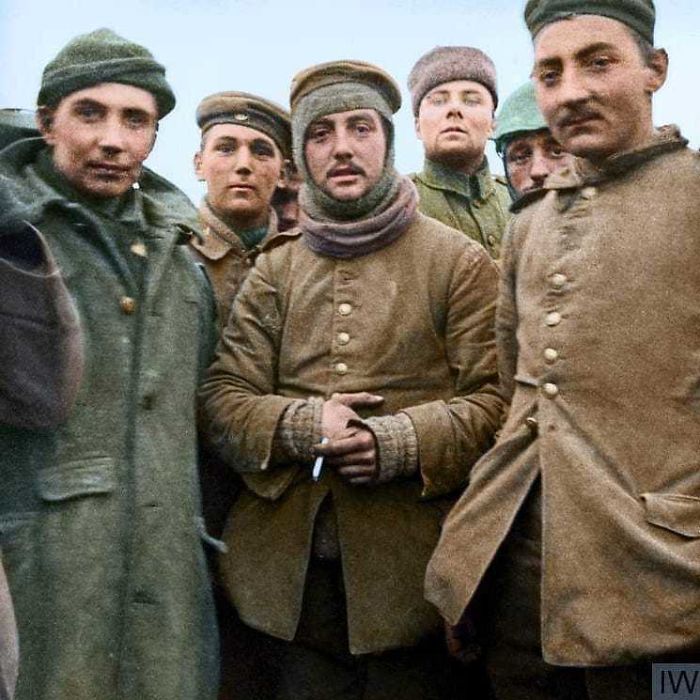
German and British soldiers laid down their arms and climbed out into no man’s land for an unofficial ceasefire during Christmas. Supposedly over 100,000 soldiers participated, gifts were exchanged, British soldiers cut the hair of German soldiers, officers swapped buttons and coats, privates exchanged candy – and the next day, the fighting resumed, and the carnage continued.
it’s worth noting that not all parts of the front celebrated this truce, some parts of the frontline only had small agreements of a minor ceasefire to recover bodies, while others sang songs from within their trenches.
Audrey Hepburn. Unknown Date
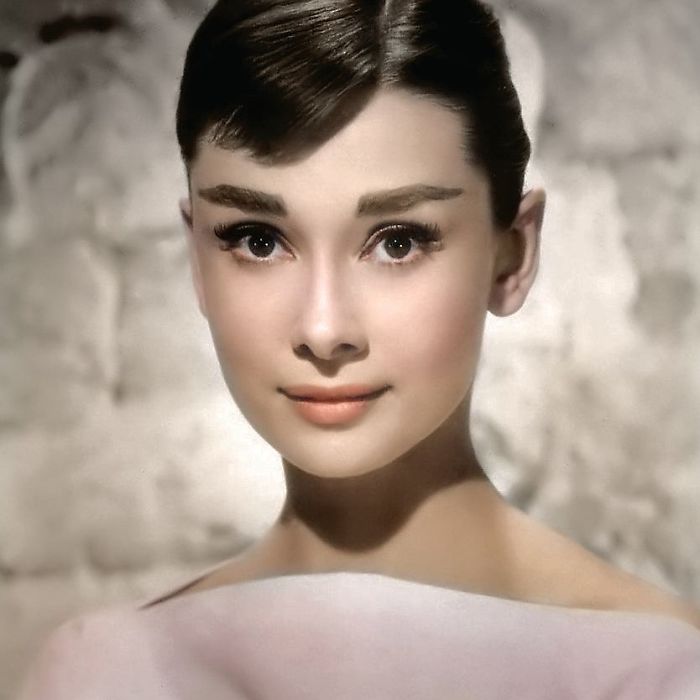
Paul Newman & Clint Eastwood
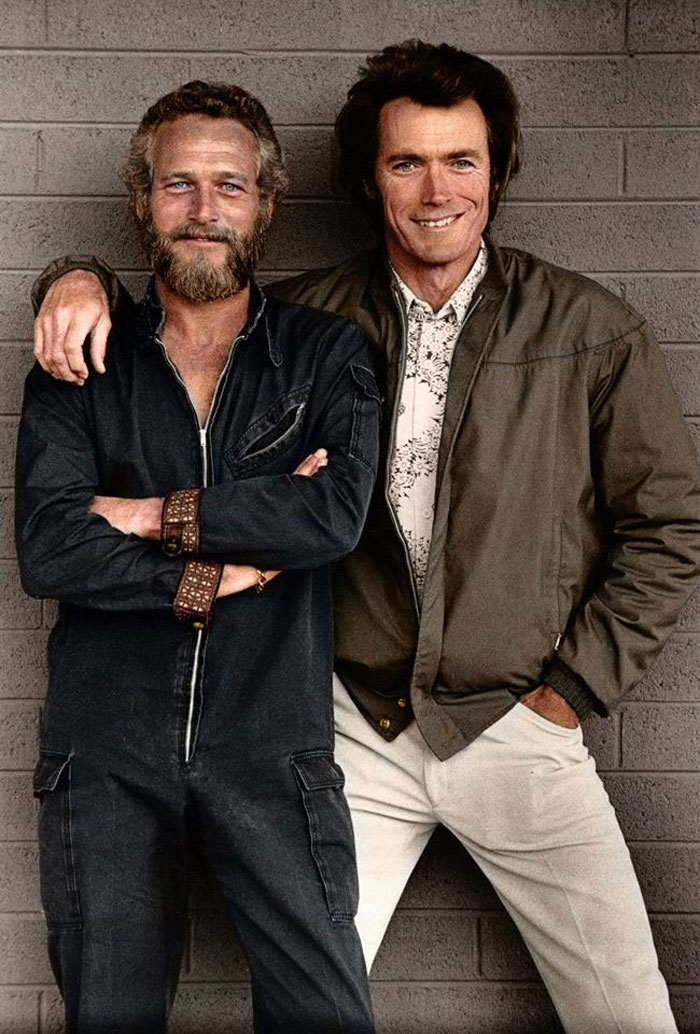
Jim Henson, Creator Of The Muppets, Sitting With Ernie & Kermit The Frog
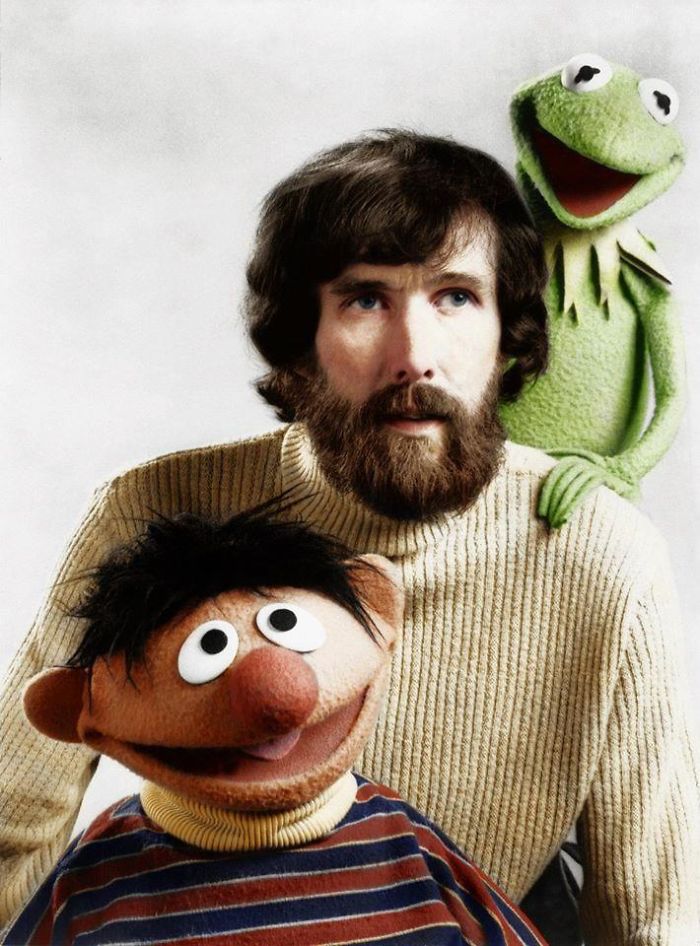
Einstein Laughing During A Dinner Party, Year Unknown
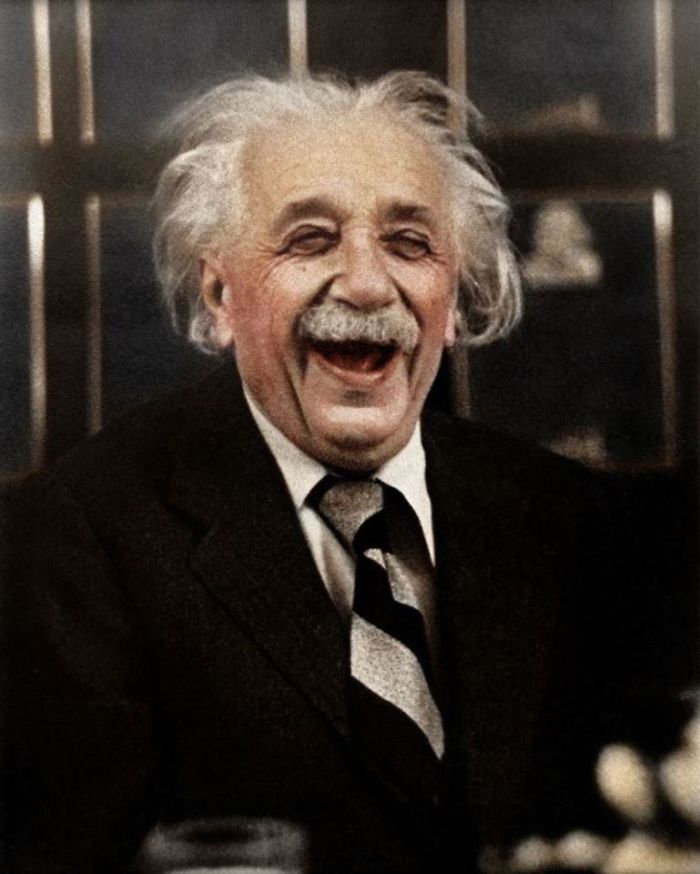
Marilyn Monroe After A Party. A Rare, Solemn Moment Of Quiet For The Otherwise Boisterous Personality
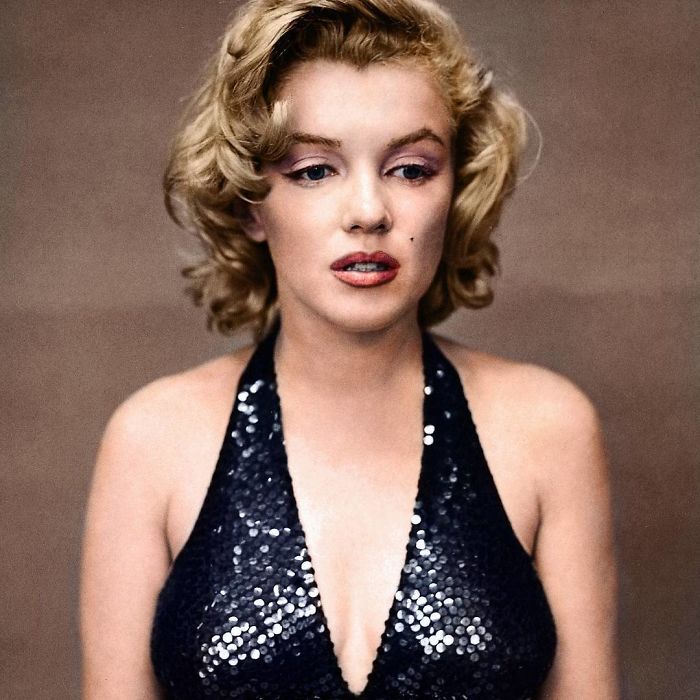
Brigadier General And Actor Jimmy Stewart. Participated In Over 20 Missions Over Nazi-occupied Europe, And Even Flew A Bombing Run During The Vietnam War.
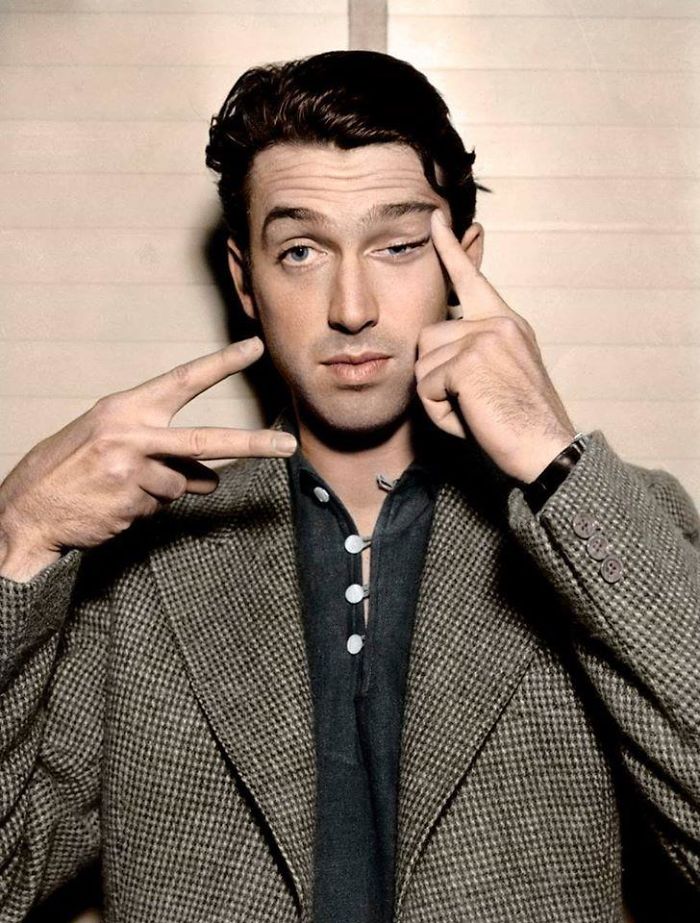
Victor Hugo, Famous Author Of Les Miserables, And The Hunchback Of Notre-Dame – Ca. 1876
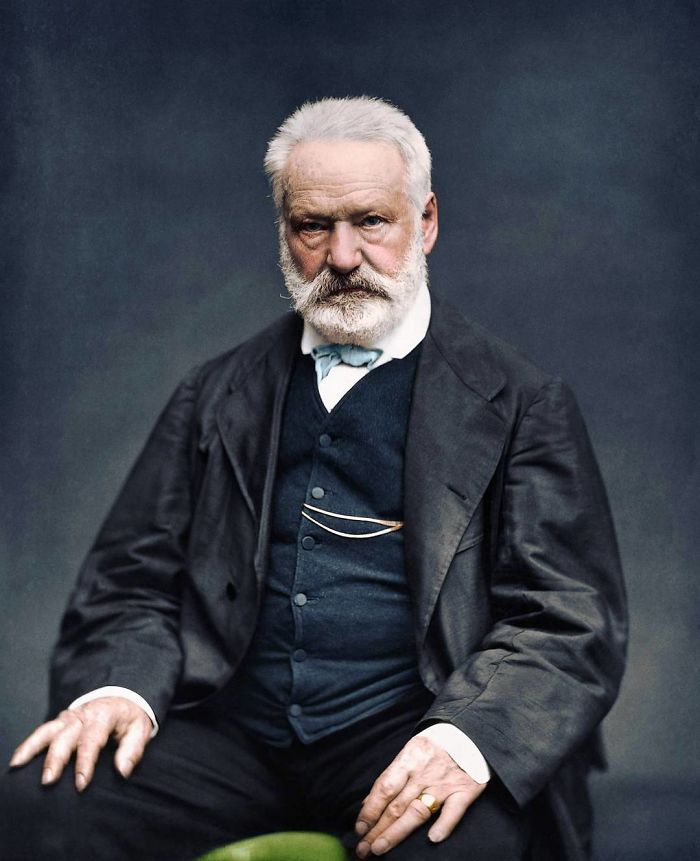
Richard Pierce – 14 Years Of Age, Works As A Western Union Telegraph Messenger. With Nine Months Of Service. He Works From 7 A.m. To 6 P.m. Smokes. Visits Houses Of Prostitution. Wilmington, Delaware, Ca. May 1910
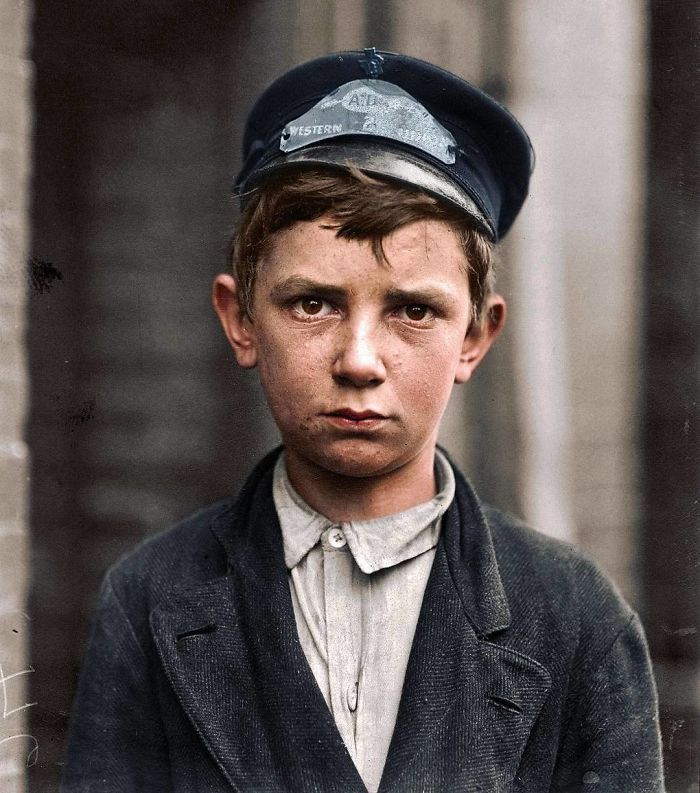
Buzz Aldrin, The Second Man On The Moon, Seen Here As Commandant Of The Air Force Test Pilot School, Ca. 1963
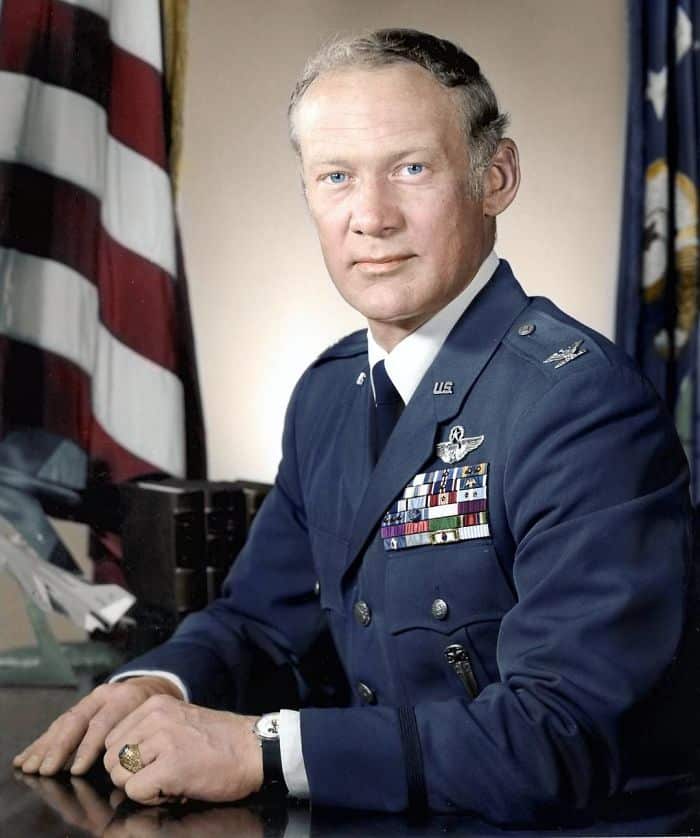
Note the Mickey Mouse watch he is wearing as well.
Theodore Roosevelt Holding His Grandson, Kermit Roosevelt Jr. – Ca. 1916
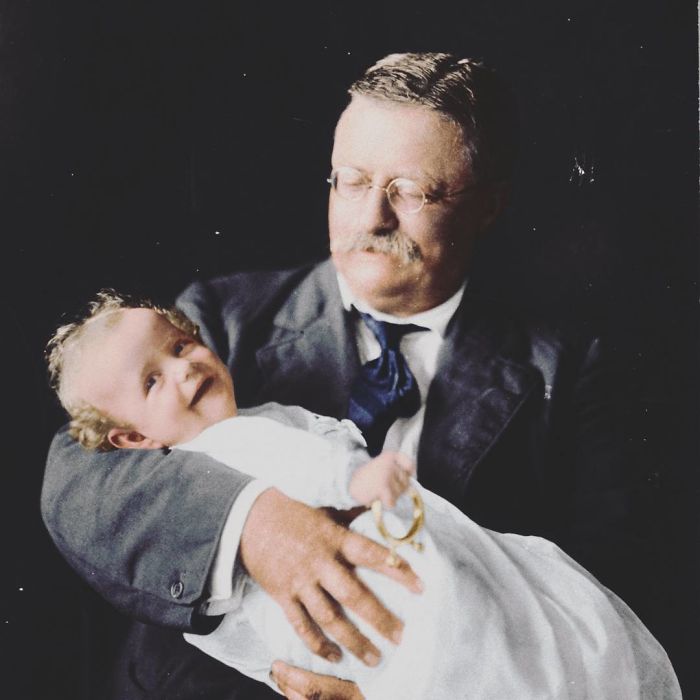
Eric Arthur Blair, Better Known By His Pen Name George Orwell, Was An English Novelist, Essayist, Journalist, And Critic
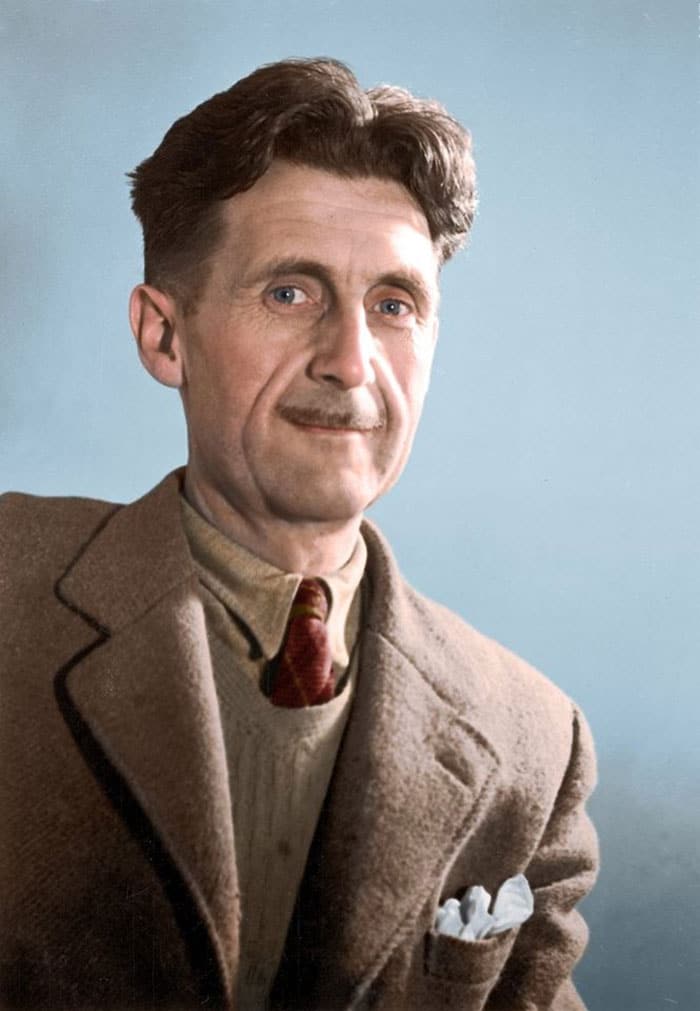
His work is marked by lucid prose, awareness of social injustice, opposition to totalitarianism, and outspoken support of democratic socialism.
Orwell wrote literary criticism, poetry, fiction, and polemical journalism. He is best known for the allegorical novella Animal Farm (1945) and the dystopian novel Nineteen Eighty-Four (1949). His non-fiction works, including The Road to Wigan Pier (1937), documenting his experience of working-class life in the north of England, and Homage to Catalonia (1938), an account of his experiences in the Spanish Civil War, are widely acclaimed, as are his essays on politics, literature, language, and culture. In 2008, The Times ranked him second on a list of “The 50 greatest British writers since 1945”.
Orwell’s work continues to influence popular and political culture, and the term Orwellian – descriptive of totalitarian or authoritarian social practices – has entered the language together with many of his neologisms, including Big Brother, Thought Police, Room 101, memory hole, newspeak, doublethink, proles, unperson, and thoughtcrime.
Mark Twain
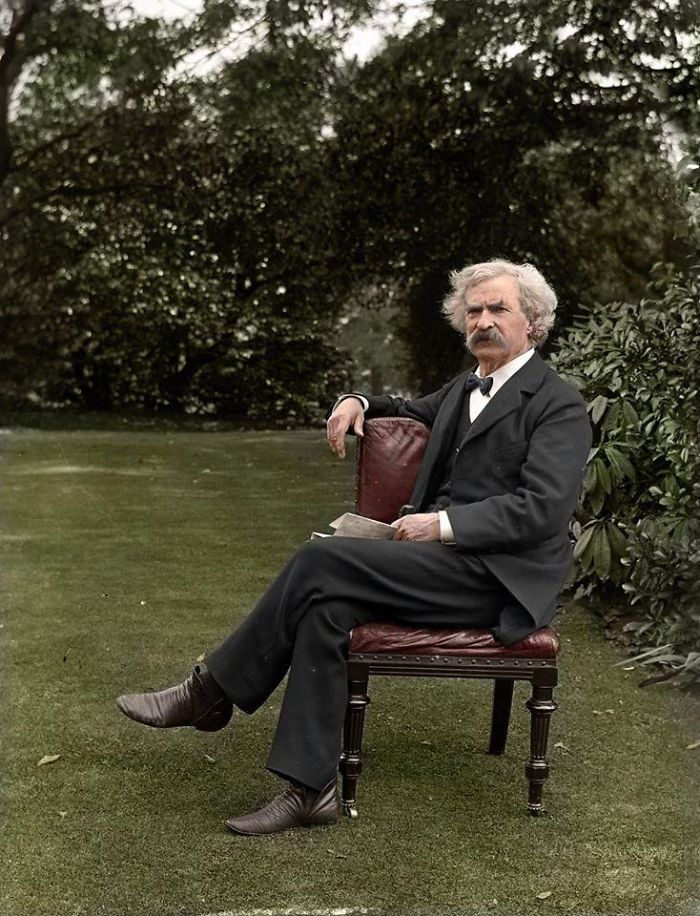
Charlie Chaplin Without His Trademark Moustache In His Later Years, Working On A Movie Set
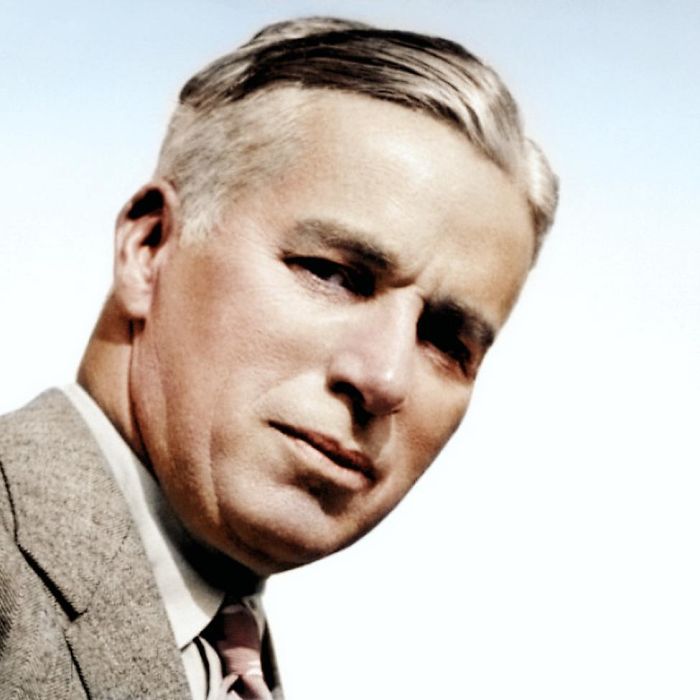
Abraham Lincoln And George Mcclellan At Antietam, October 2nd/3rd, 1862
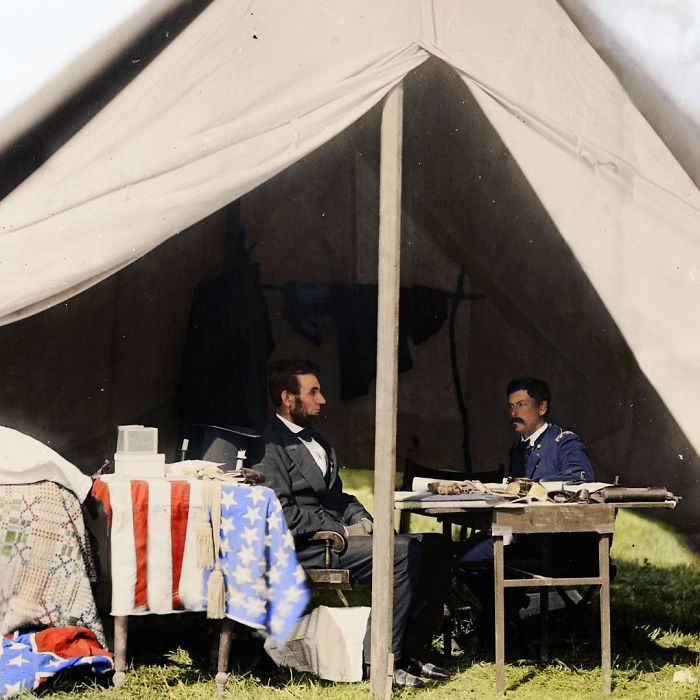
James Dean, Actor And Rebel Without A Cause, December 29th, 1954
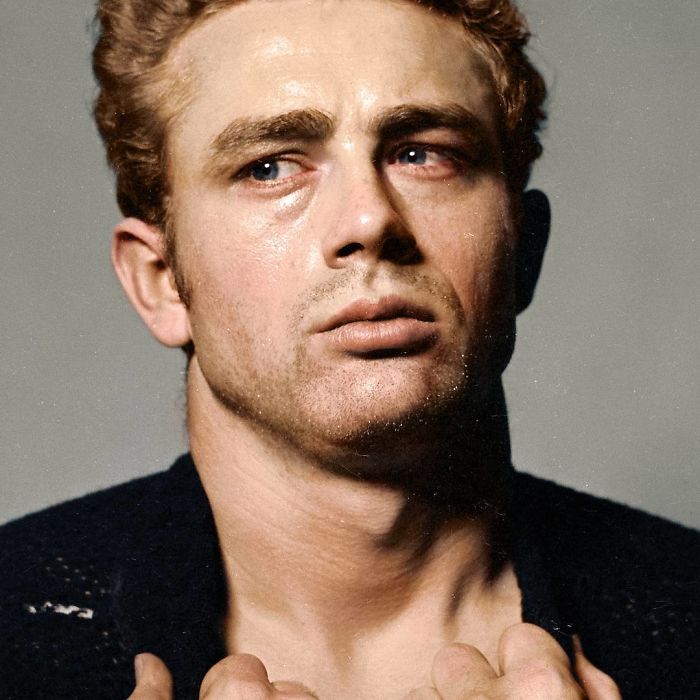
Audrey Hepburn
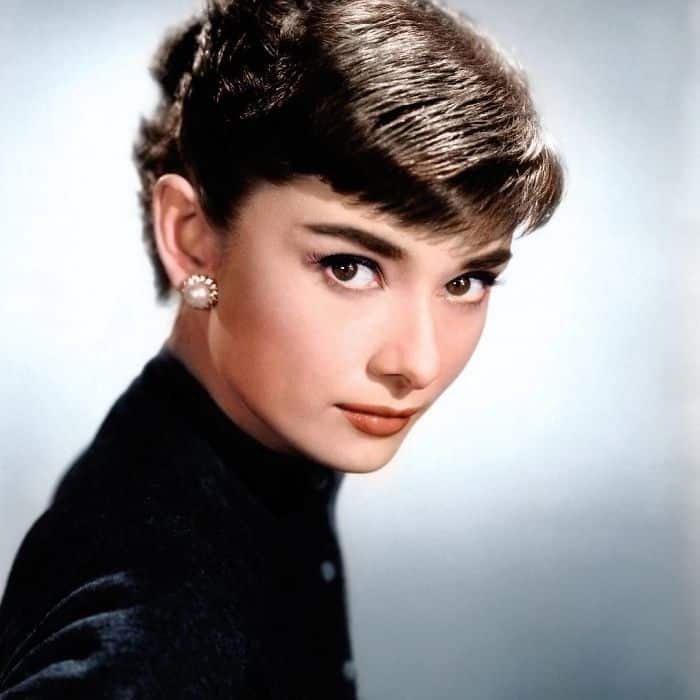
A Boy Shows Off His Ray Gun, Around The 1950s
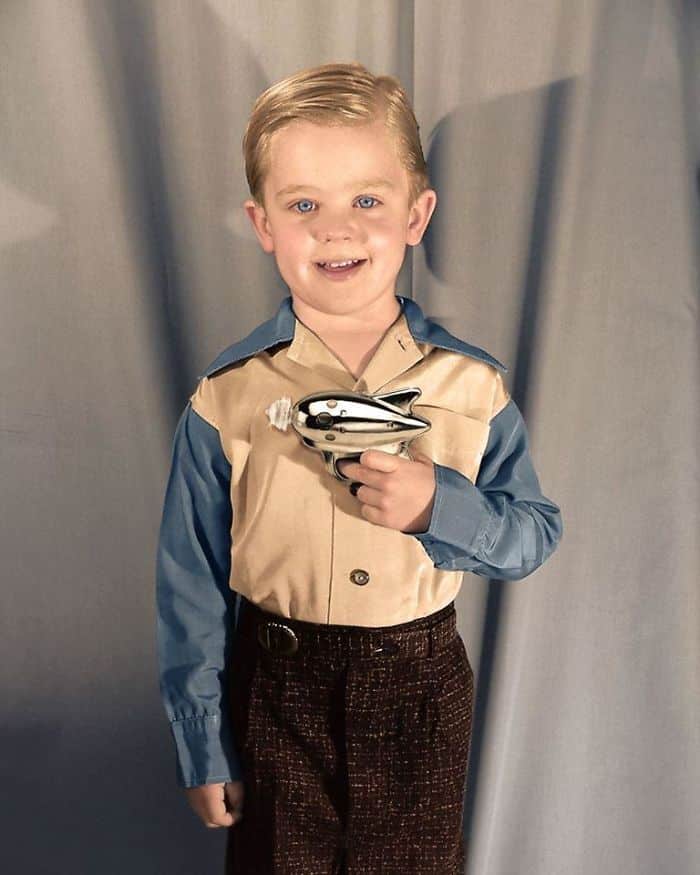
Neil Armstrong, The First Man To Walk On The Moon, Training For The Apollo Mission
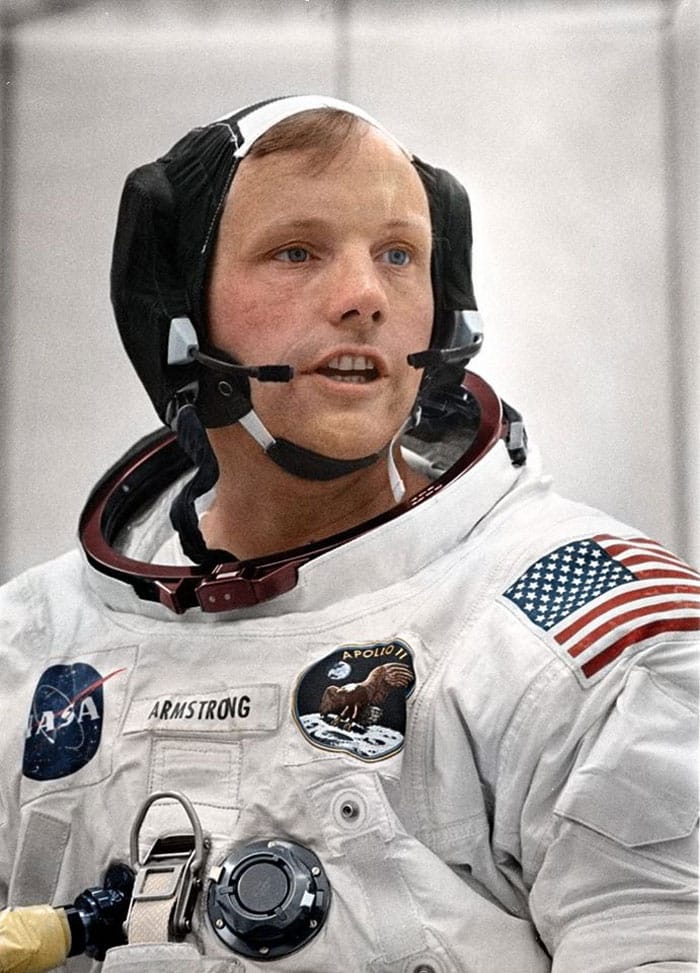
Unidentified Soldier Of The First Australian Imperial Force
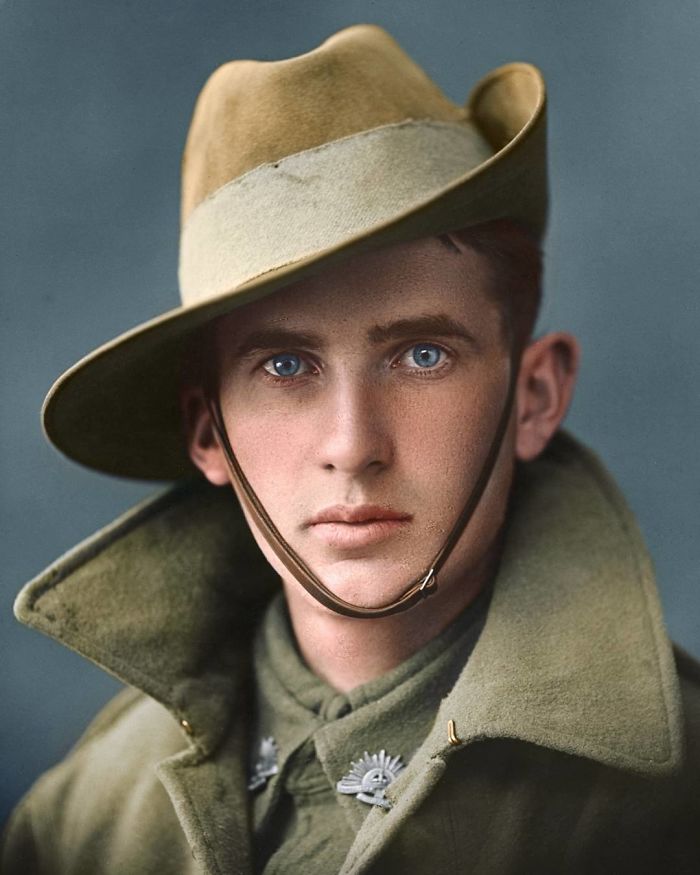
About the first AIF:
The First Australian Imperial Force (1st AIF) was the main expeditionary force of the Australian Army during World War I. It was formed on 15 August 1914, following Britain’s declaration of war on Germany, initially with the strength of one infantry division and one light horse brigade. The infantry division subsequently fought at Gallipoli between April and December 1915, being reinforced by a second division which was later raised, as well as three light horse brigades. After being evacuated to Egypt the AIF was expanded to five infantry divisions, which were committed to the fighting in France and Belgium along the Western Front in March 1916. A sixth infantry division was partially raised in 1917 in the United Kingdom, but was broken up and used as reinforcements following heavy casualties on the Western Front. Meanwhile, two mounted divisions remained in the Middle East to fight against Turkish forces in the Sinai and Palestine.
An all-volunteer force, by the end of the war the AIF had gained a reputation as being a well-trained and highly effective military force, playing a significant role in the final Allied victory. However, this reputation came at a heavy cost with a casualty rate among the highest of any belligerent for the war. The AIF included the Australian Flying Corps (AFC), which consisted of four combat and four training squadrons that were deployed to the United Kingdom, the Western Front, and the Middle East throughout the war. After the war, the AFC evolved into the Royal Australian Air Force; the remainder of the 1st AIF was disbanded between 1919 and 1921. After the war, the achievements of the AIF and its soldiers, known colloquially as “Diggers”, became central to the national mythology of the “Anzac legend”. Gene
Frederick Charles Stacey Of The Royal Navy On Admission For Treatment For Wounds Sustained In Wwi, And Seen After The Successful Plastic Surgery.
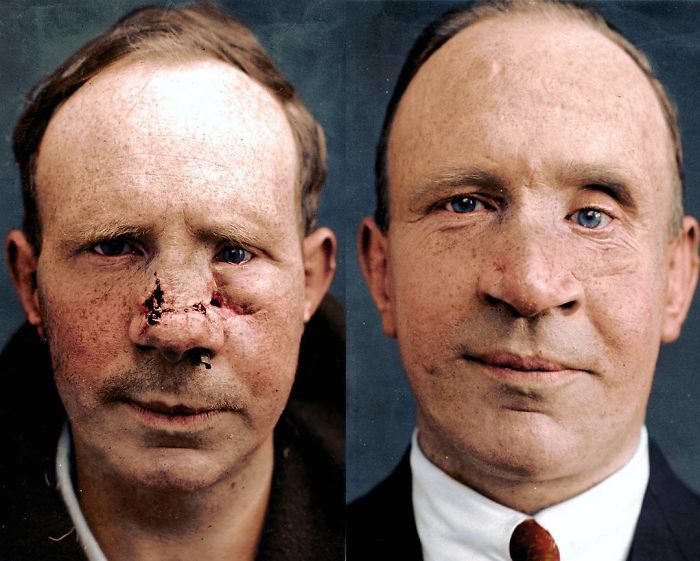
Joseph Goebbels Scowling At Photographer Albert Eisenstaedt After Finding Out Eisenstaedt Was Jewish.
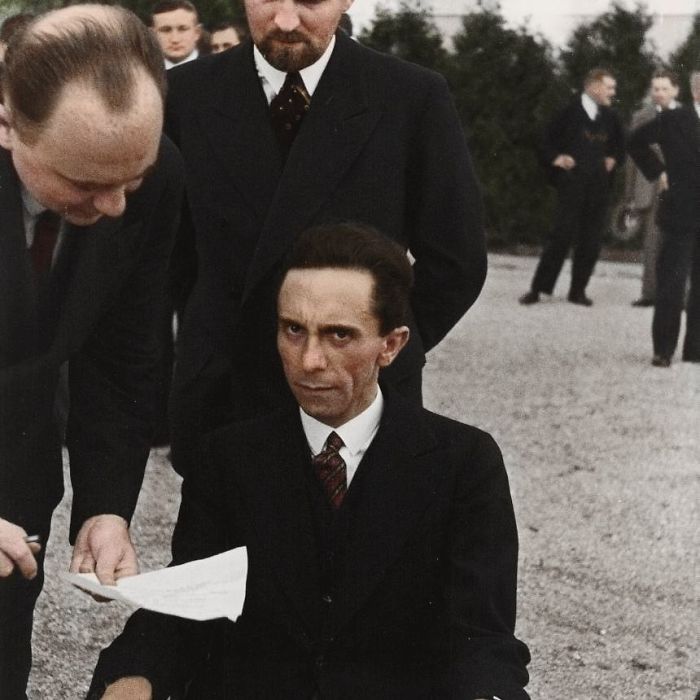
Eisenstaedt himself is quoted as saying ‘He stared at me with hate in his eyes’, despite the events following up to this. Eisenstaedt had photographed Goebbels sitting on his own outside in the courtyard, had approached him and taken a photograph of him with a warm smile, and then moments later was confronted with this, when Goebbels had learned of Eisenstaedts ‘true identity’. Sad.


